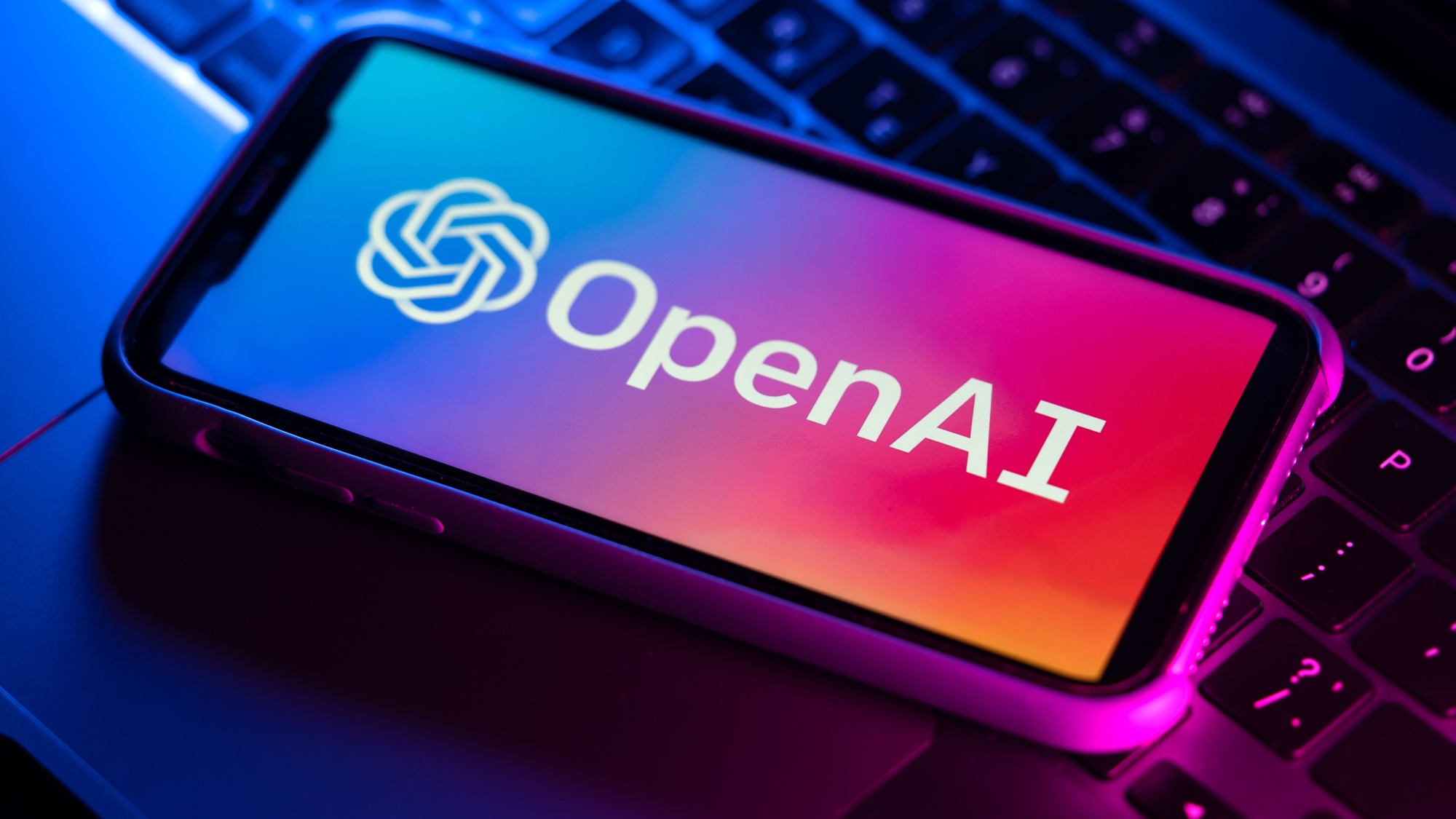OpenAI just dropped o1 Model that can 'reason' through complex tasks and solve harder problems in math, coding and science
Available now, 'Strawberry' is a sweet leap in AI reasoning.

OpenAI has just launched its latest model of AI, the o1; this is a quantum leap in furthering the reasoning powers of artificial intelligence. The model, codenamed "Strawberry" during its development, aims to handle more complex tasks, especially in STEM subjects like physics, chemistry, and biology.
This release is exciting for those following AI progress but has some limitations, as with all cutting-edge technology.
Performance on a Par with Doctoral Students
OpenAI’s o1 model sets a high standard, showcasing performance comparable to PhD students when tackling complex tasks. During initial testing, the o1 model demonstrated a more refined thinking process, successfully replicating the students’ performances while excelling in physics, chemistry and biology. The model also seems promising in areas such as mathematics and coding.
What differentiates o1, though, is how it adjusts its approaches to challenging situations. Through training, this model has learned to recognize mistakes and improve its responses, which gives it an edge in analytical tasks. The emphasis on "reasoning" means the AI can approach multi-step problems with a more reflective, deliberative process quite different from its earlier predecessors, focused more on generating language and surface-level tasks.
Features and Capabilities
The o1 model, even with its reasoning ability, has a few significant limitations. Compared to OpenAI's GPT-4o, which powers most of ChatGPT's advanced functionalities, the o1 model misses many vital features. For example, it cannot browse the web, upload files, or process images — all valuable features to users.
Also, o1 does not yet support API functionality for fundamental features, including tool usage, function calling, streaming, and custom system messages. This alone might prove a significant limitation for those developers and enterprises that depended on this functionality in GPT-4o. While o1 is incomparable in reasoning, it is far from a complete replacement for GPT-4o for many real-world applications.
Strengthened Protocols
here is o1, a series of our most capable and aligned models yet:https://t.co/yzZGNN8HvDo1 is still flawed, still limited, and it still seems more impressive on first use than it does after you spend more time with it. pic.twitter.com/Qs1HoSDOz1September 12, 2024
With this increased capability, Open AI has been spurred to heighten its safety measures. It has worked on improving internal governance and developing closer ties with federal governments to provide more consistency in seeing the model put within the safety guidelines. This will supposedly be effective in making o1 more compliant with ethical norms at lesser risks and with minimal harmful outputs.
Sign up to get the BEST of Tom's Guide direct to your inbox.
Get instant access to breaking news, the hottest reviews, great deals and helpful tips.
Availability
Starting today, ChatGPT Plus and Team users will have access to an early preview of the o1 model, available by selecting 'o1-preview' in the model selector. For those more focused on STEM-related queries, OpenAI is also releasing the "OpenAI o1 mini" model, designed for faster responses in math and science. This variant is tailored to handle more technical questions and will be helpful for students and professionals alike.
Next week, both models will be available to ChatGPT Enterprise and Education users, expanding access to a broader audience. Developers can also start prototyping with these models through the API, although rate limits and other restrictions will apply in the early phases.
OpenAI has shown its intent that the o1 series is only the beginning. While this model is not positioned to take over from GPT-4o in most applications, OpenAI says it will update the o1 models as it gathers feedback and improves the models regularly. This will undoubtedly bring in new features and improve others.
Outlook
The landscape of AI is always in fast motion, and the release of the o1 model hints that OpenAI is trying once more to push the limits of what AI can accomplish. With more updates and improvements in the future, it will be exciting to see how this new model evolves and where it will reside among the large landscape of AI tools.

